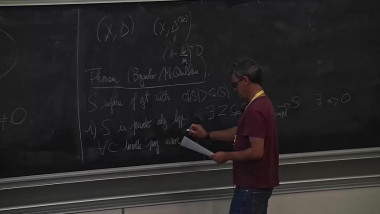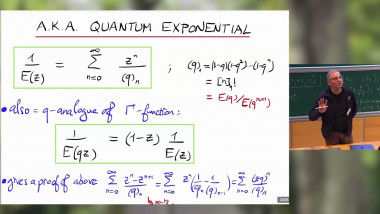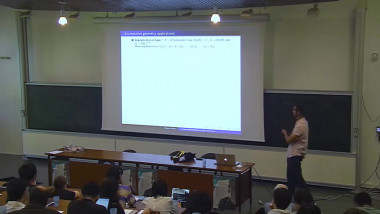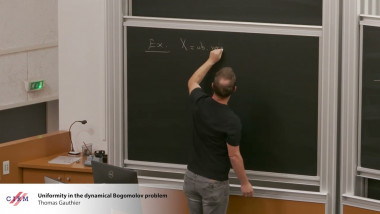Quasilinear approximation of Vlasov and Liouville equations
This talk is devoted to the quasi linear approximation for solutions of the Vlasov equation a very popular tool in Plasma Physic cf. [4] which proposes, for the quantity: (1) $$ q(t,\ v)=\int_{\mathbb{R}_{v}^{d}}f(x,\ v,\ t)dx)\ , $$ the solution of a parabolic, linear or non linear evolution equation (2) $$ \partial_{t}q(t,\ v)-\nabla_{v}(D(q,\ t;v)\nabla_{v}q)=0 $$ Since the Vlasov equation is an hamiltonian reversible dynamic while (2) is not reversible whenever $D(q,\ t,\ v)# 0$ the problem is subtle. Hence I did the following things :
Give some sufficient conditions, in particular in relation with the Landau damping that would imply $D(q,\ t,\ v)\simeq 0$. a situation where the equation (2) with $D(q,\ t;v)=0$ does not provides a meaning full approximation.
Building on contributions of [7] and coworkers show the validity of the approximation (2) for large time and for a family of convenient randomized solutions. This is justified by the fact that the assumed randomness law is in agreement which what is observed by numerical or experimental observations (cf. [1]).
In the spirit of a Chapman Enskog approximation formalize the very classical physicist approach (cf. [6] pages 514-532) one can show [3] that under analyticity assumptions this approximation is valid for short time. As in [6] one of the main ingredient of this construction is based on the spectral analysis of the linearized equation and as such it makes a link with a classical analysis of instabilities in plasma physic.
Remarks
In some sense the two approaches are complementary The short time is purely deterministic and the stochastic is based on the intuition that over longer time the randomness will take over of course the transition remains from the first regime to the second remains a challenging open problem. The similarity with the transition to turbulence in fluid mechanic is striking It is underlined by the fact that the tensor $$ \lim_{\epsilon\rightarrow 0}\mathbb{D}^{\epsilon}(t,\ v)=\lim_{\epsilon\rightarrow 0}\int dx\int_{0}^{\frac{t}{\epsilon^{2}}}d\sigma E^{\epsilon}(t,\ x+\sigma v)\otimes E^{\epsilon}(t-\epsilon^{2}\sigma,\ x) $$ which involves the electric fields here plays the role of the Reynolds stress tensor.
2 Obtaining, for some macroscopic description, a space homogenous equation for the velocity distribution is a very natural goal. Here the Vlasov equation is used as an intermediate step in the derivation. And more generally it appears as an example of weak turbulence. In particular defining what would be the physical natural probability seems related to the derivation of $\mathrm{e}$ of the Lenard-Balescu equation as done in [5].











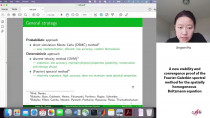
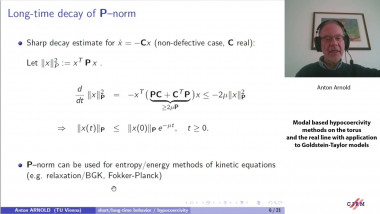

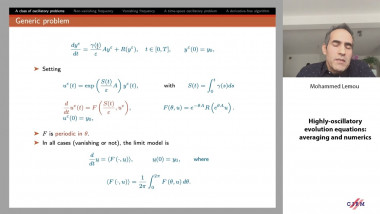

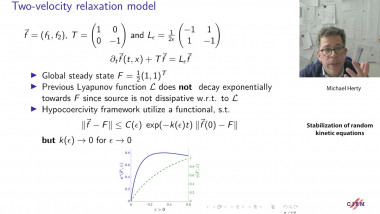
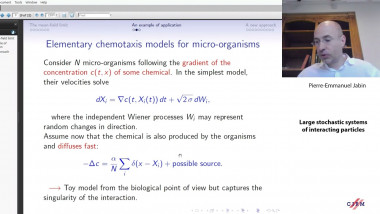
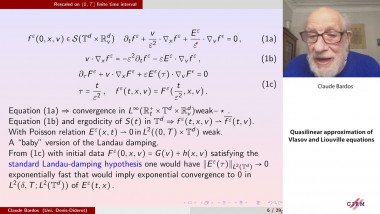
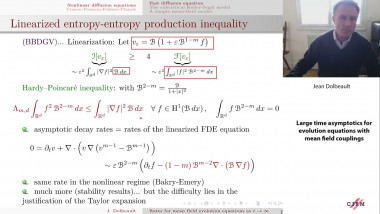
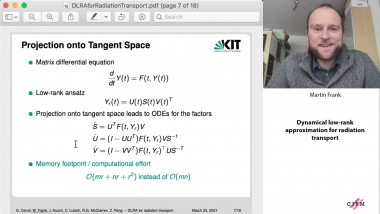
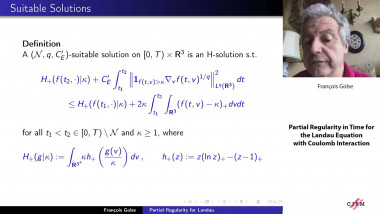
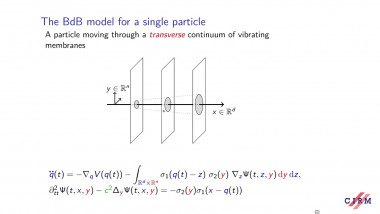
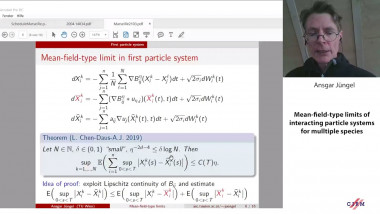
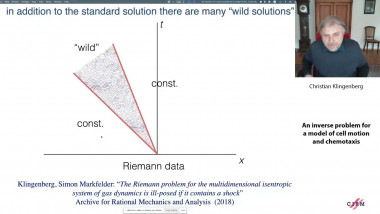
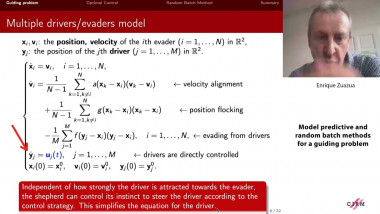
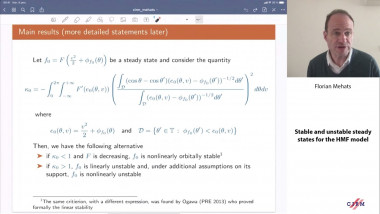
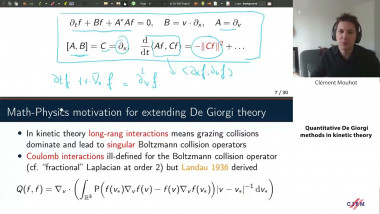
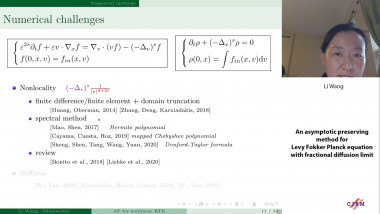
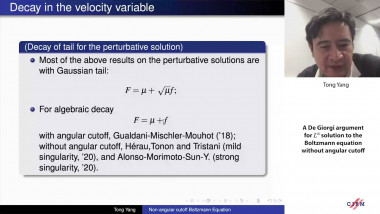
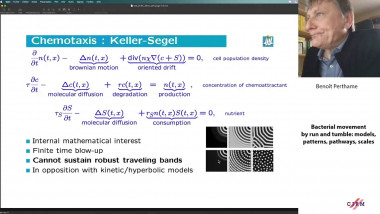
![[1243] Degrés dynamiques](/media/cache/video_light/uploads/video/SeminaireBourbaki.jpg)
